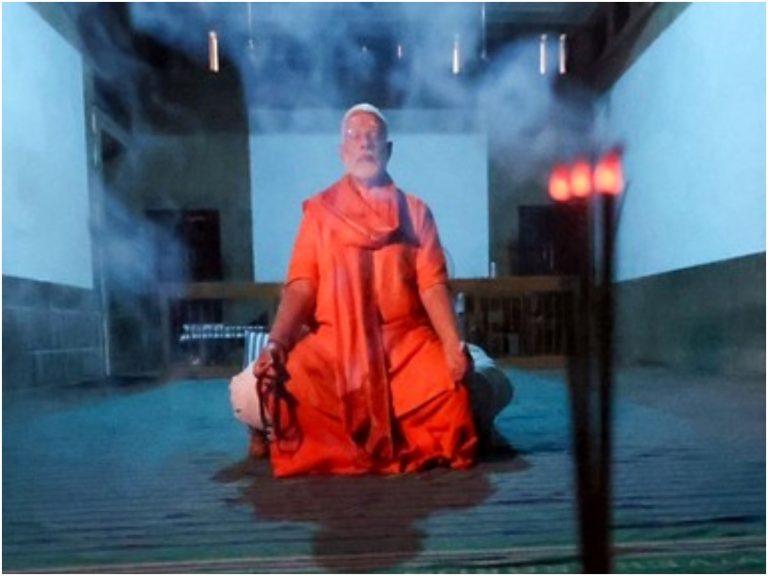IANS Interview: Unlike Rajiv Gandhi govt, more than 90pc funds reaching to poor now, says economist Surjit Bhalla

Surjit Bhalla, a well-known economist and political analyst, spoke exclusively to IANS on a wide range of issues including polling percentage in the 2024 elections, Congress leader Rahul Gandhi’s stewardship of the party in troubled times and also about Congress’ appeasement politics.
Touching upon the governance issues during Rajiv Gandhi government, Bhalla said that wide gaps existed in public delivery mechanism, and it was acknowledged and stated by the then Prime Minister himself.
Notably, Rajiv Gandhi, in an interview in 1985, had told the press that out of 1 rupee sent to the poor and downtrodden, only 15 paise reached them and the rest would vanish with the middlemen.
Surjit Bhalla said that his estimates and research showed that even the claims of 15 per cent were overstated. Bhalla told IANS that the situation is no longer the same in today’s time as the optimum usage of technology by the incumbent government has done wonders in expanding and enhancing the delivery of welfare measures to targeted beneficiaries.
He added that the delivery mechanism has seen unprecedented transformation in the past few years and today, beneficiaries are getting more than 90 per cent share of allotted funds.
“Whatever fund the government is earmarking for poor and deprived citizens today, they are getting it directly into their accounts. Food Security Act was unveiled in 2013 and catered to about 20-25 per cent of the population then. Its real utility has been achieved today, when more than 90 per cent marginalised population is drawing the benefits of it,” Bhalla said.
Sharing his views on inflation and unemployment, he said that there have been perennial issues of any economy, and it is natural to see rise and fall in it.
He said that politicians may try to influence voters’ mind by talking about inflation and price rise but data remains the ultimate guide.
“It is a fact that the unemployment rate has gone down despite tall claims by the Opposition,” Bhalla said.
“In 2019, the unemployment rate stood at 16 per cent and this has gone down to 10 per cent now. It is not that the unemployment rate has dipped to near zero level but the gradual decline in numbers is enough to balm troubled minds. Today’s voter is keen on analysing the data on how the situation was earlier and how it has changed today,” he added.





